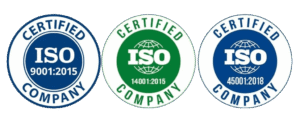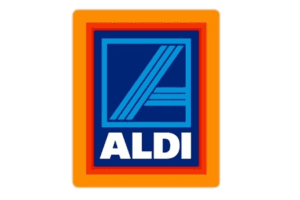In many industries and public settings, safety vests are required to ensure visibility, reduce risks, and comply with safety regulations. From busy construction zones to traffic control points and warehouses, high-visibility (hi-vis) vests protect workers by making them more noticeable in environments where accidents can occur within seconds.
When Are Safety Vests Required?
Safety vests are mandated in various industries and situations where visibility is critical:
- Construction Sites – Workers near heavy machinery and moving vehicles must wear hi-vis vests.
- Roadwork & Traffic Control – Required for anyone directing traffic, operating near roads, or in highway maintenance.
- Warehousing & Logistics – Forklift operators, loaders, and warehouse staff often need safety vests for visibility.
- Emergency Response – Paramedics, firefighters, and police officers wear reflective safety vests during roadside or low-light operations.
- Events & Crowd Management – Organisers, security, and volunteers use safety vests to stand out in large gatherings.
- Airport Ground Crews – Hi-vis vests are required for personnel working around aircraft and vehicles.
Why Are Safety Vests Required?
- Accident Prevention – Bright fluorescent colours and reflective strips make workers visible in both day and night conditions.
- Legal Compliance – Many safety authorities mandate high-visibility clothing under workplace safety laws (ANSI/ISEA, OSHA, EN ISO 20471, or local equivalents).
- Improved Team Coordination – Safety vests help identify roles and responsibilities quickly.
- Public Recognition – Vests signal authority or guidance roles at events, workplaces, or public areas.
Types of Required Safety Vests
- Class 1 Vests – Suitable for low-risk environments (e.g., parking attendants).
- Class 2 Vests – Required in areas with higher traffic or machinery exposure (e.g., construction, warehousing).
- Class 3 Vests – Required in high-risk, low-visibility environments such as highway maintenance or emergency response at night.
Compliance and Workplace Safety
Failure to wear required safety vests can result in:
- Fines and Penalties for companies not adhering to regulations.
- Increased Accident Risks due to low visibility.
- Insurance Issues if proper PPE was not used during an incident.
Ensure Compliance with High-Quality Safety Vests
We provide a wide range of safety vests that meet international and local standards, available in multiple colours, sizes, and features. Whether you need basic vests for general staff or premium reflective vests with pockets and logos, we supply compliant, durable solutions for every industry.
Request a Quote today and ensure your workplace meets all safety vest requirements.








